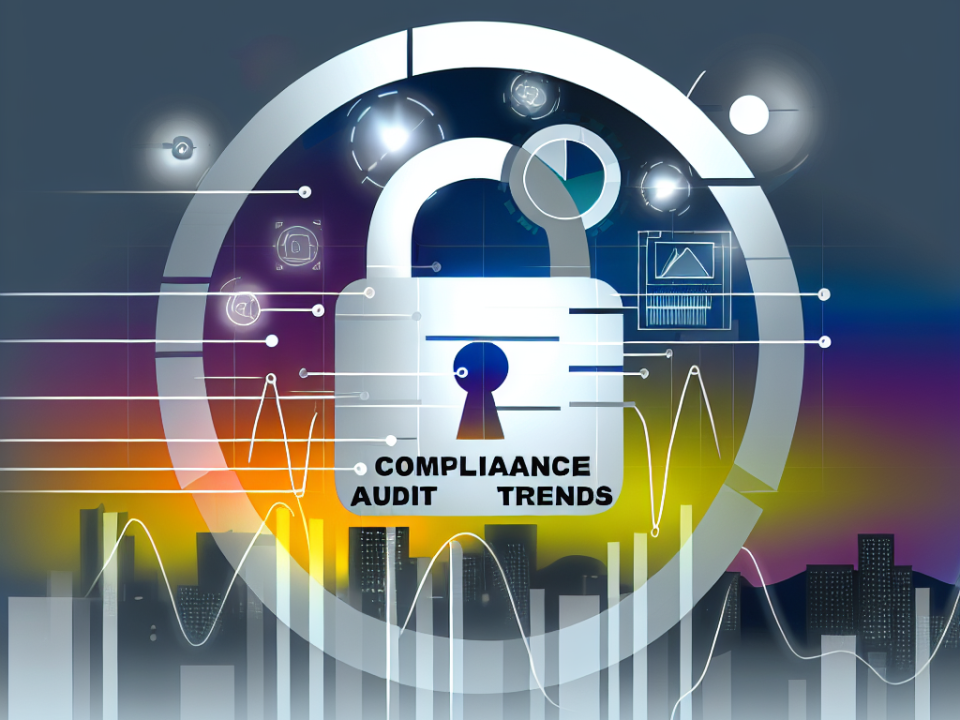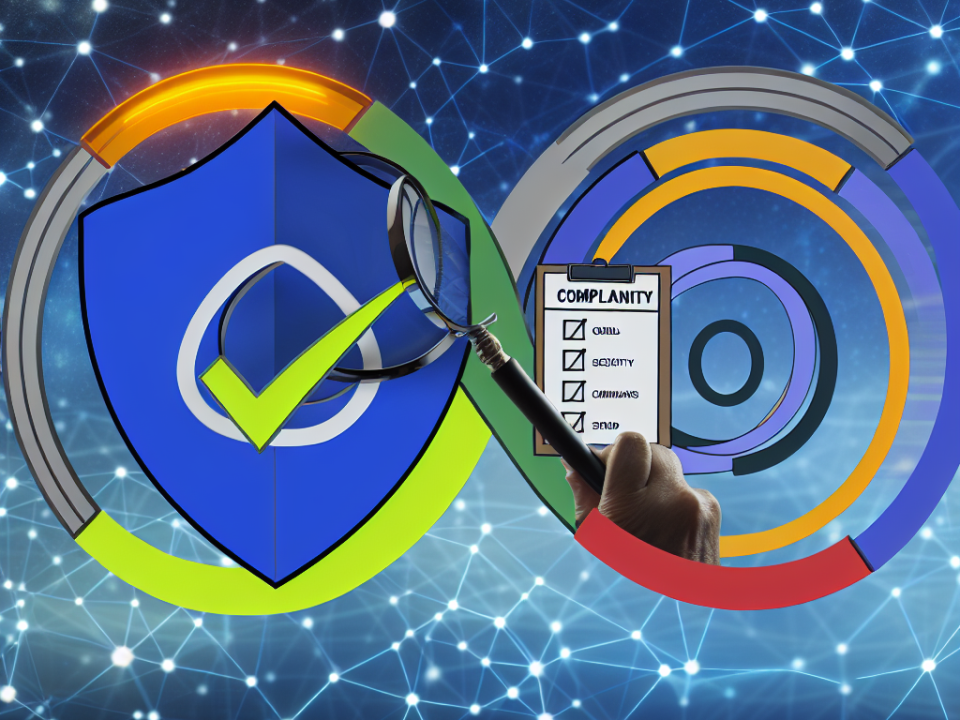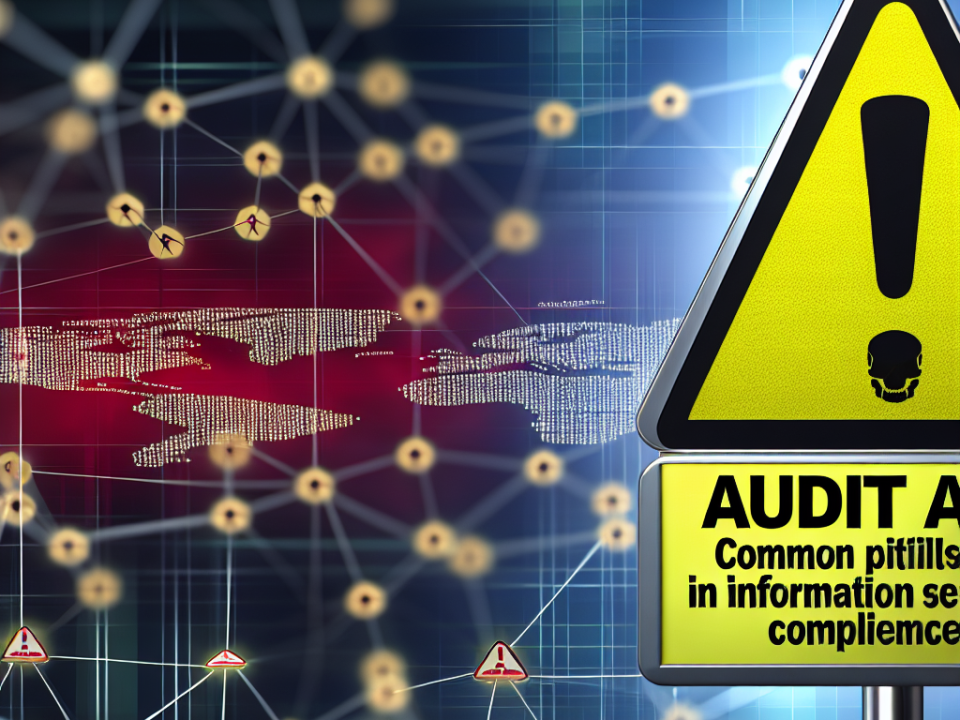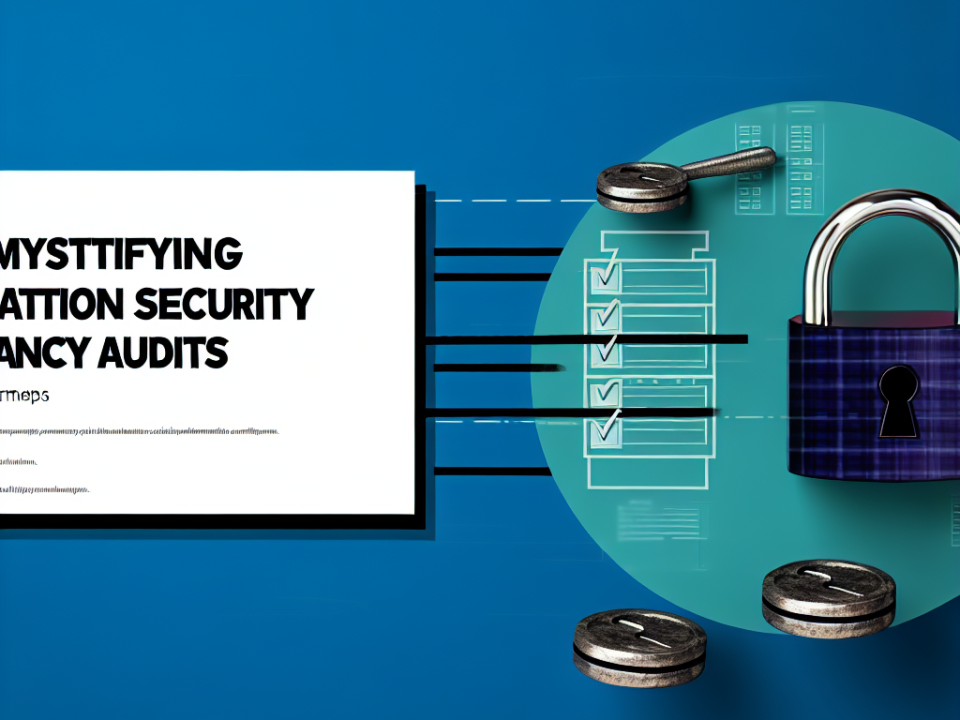
Harnessing the Cloud Safely: Key Principles for Securing Your Infrastructure
July 3, 2025
Don’t Get Hacked: Top Missteps in Cloud Security and How to Avoid Them
July 4, 2025
As organizations navigate an increasingly complex digital landscape, security compliance has emerged as a critical concern. With the rise of cyber threats and data breaches, adhering to security compliance standards has never been more essential for protecting sensitive information and maintaining customer trust. In 2023, businesses must align their security practices with various compliance standards to safeguard their operations and reputation. This article provides a comprehensive guide on how to meet security compliance standards effectively.
Understanding Security Compliance Standards
Security compliance standards are frameworks that dictate how organizations must manage and protect data. These standards vary by industry, region, and specific regulations. Some of the most prominent include:
- General Data Protection Regulation (GDPR): A regulation in EU law on data protection and privacy.
- Health Insurance Portability and Accountability Act (HIPAA): U.S. legislation that provides data privacy and security provisions for safeguarding medical information.
- Payment Card Industry Data Security Standard (PCI DSS): A set of security standards designed to ensure that companies handling branded credit cards maintain a secure environment.
- Federal Risk and Authorization Management Program (FedRAMP): A U.S. government program that provides a standardized approach to security assessment, authorization, and continuous monitoring for cloud products and services.
Steps to Achieve Compliance
-
Conduct a Risk Assessment
- Identify the data you collect, process, and store.
- Evaluate potential threats and vulnerabilities associated with this data.
- Determine the impact of potential data breaches on your organization and stakeholders.
-
Understand Applicable Regulations
- Research the compliance requirements specific to your industry.
- Stay updated with changes in legislation and standards that could affect your business.
- Engage legal or compliance experts if necessary to clarify complex regulations.
-
Implement Security Measures
- Enforce strong access controls and authentication mechanisms.
- Encrypt sensitive data both in transit and at rest.
- Utilize firewalls, intrusion detection systems, and antivirus software to bolster your defenses.
-
Establish an Incident Response Plan
- Develop a clear protocol for responding to data breaches or security incidents.
- Conduct regular training and drills to ensure your team is prepared for potential breaches.
- Document incidents and responses to refine your future strategies.
-
Regularly Review and Update Policies
- Periodically audit your security policies and practices to ensure they comply with current standards.
- Involve all employees in compliance training and awareness programs.
- Utilize feedback from audits and incidents to make informed updates.
-
Utilize Compliance Management Tools
- Implement technologies that automate compliance processes, facilitating real-time monitoring and reporting.
- Use risk management software to identify vulnerabilities and streamline assessments.
- Leverage compliance dashboards for an overview of your standing against various standards.
-
Engage with Third-Party Vendors
- Ensure that third-party partners also adhere to relevant compliance standards.
- Conduct regular assessments of their security practices and obtain compliance certifications.
- Include compliance clauses in contracts with vendors to ensure accountability.
- Documentation and Reporting
- Maintain thorough documentation of compliance efforts, policies, and training programs.
- Prepare for audits by having all necessary documentation readily available.
- Ensure transparency in reporting both internally and externally.
The Role of Technology in Compliance
Technological advancements are vital in meeting compliance standards. Utilizing cloud services, encryption, advanced analytics, and artificial intelligence can streamline compliance processes, enhance security measures, and reduce human error.
Moreover, adopting a zero-trust security model ensures that no user or system is inherently trusted, enforcing strict verification procedures regardless of the source.
Conclusion
Meeting security compliance standards in 2023 requires a proactive and strategic approach. By understanding the relevant regulations, implementing a comprehensive security strategy, leveraging technology, and fostering a culture of compliance within your organization, you can navigate the complexities of security compliance effectively. As threats continue to evolve, staying vigilant and adaptive will be crucial for protecting your organization’s data and maintaining compliance in an ever-changing landscape.
By prioritizing security compliance, organizations not only mitigate risks but also enhance their reputation and create a secure environment for their employees and customers alike.







